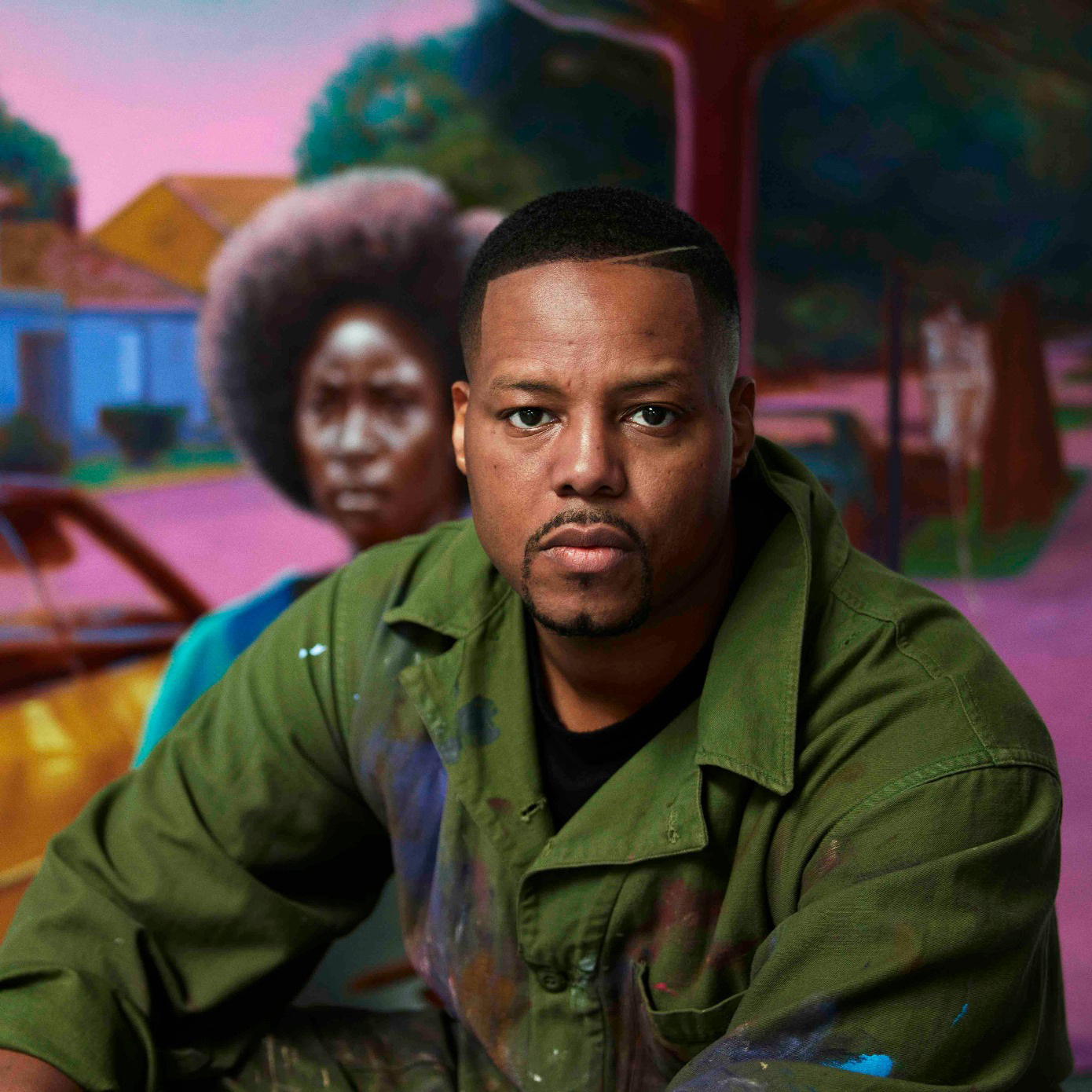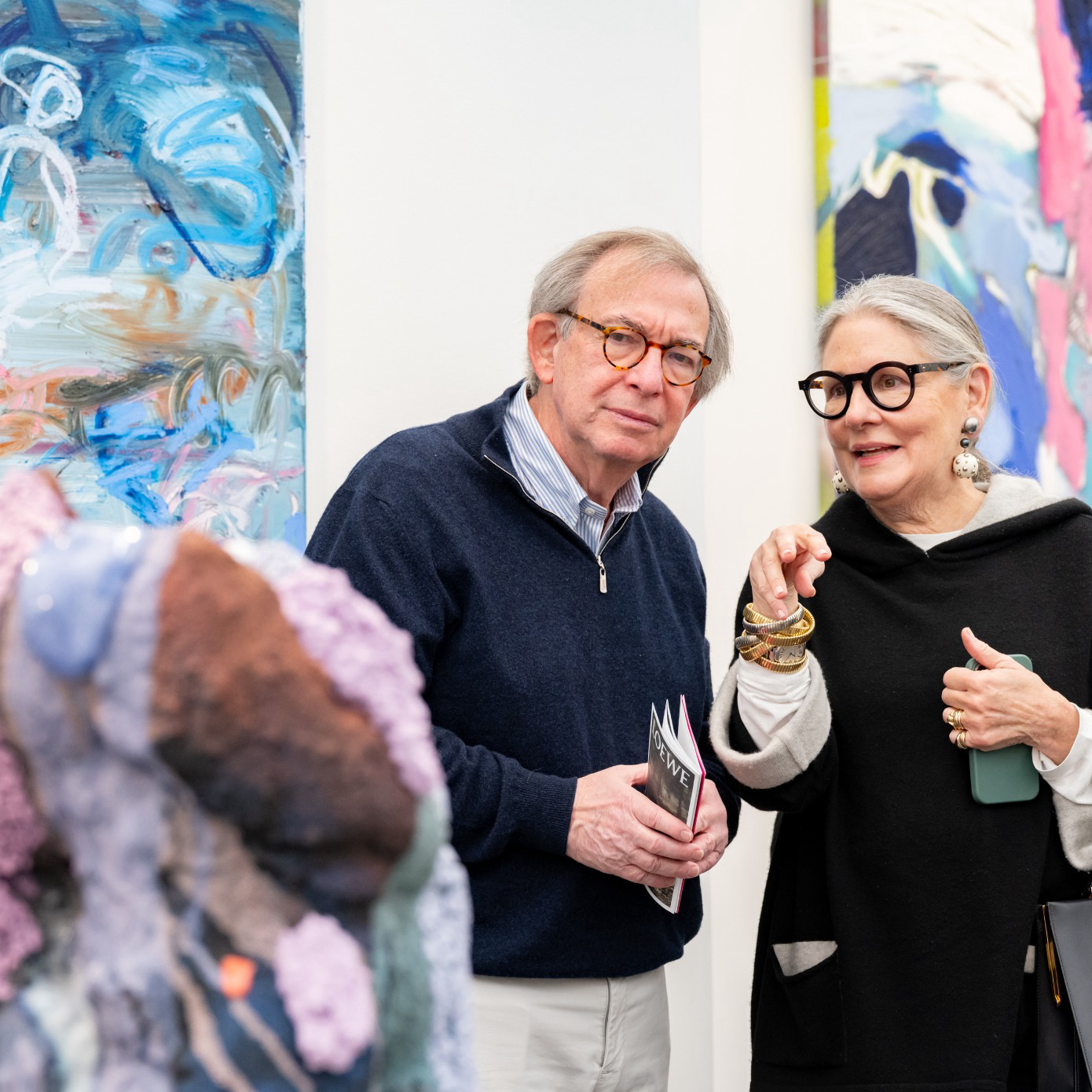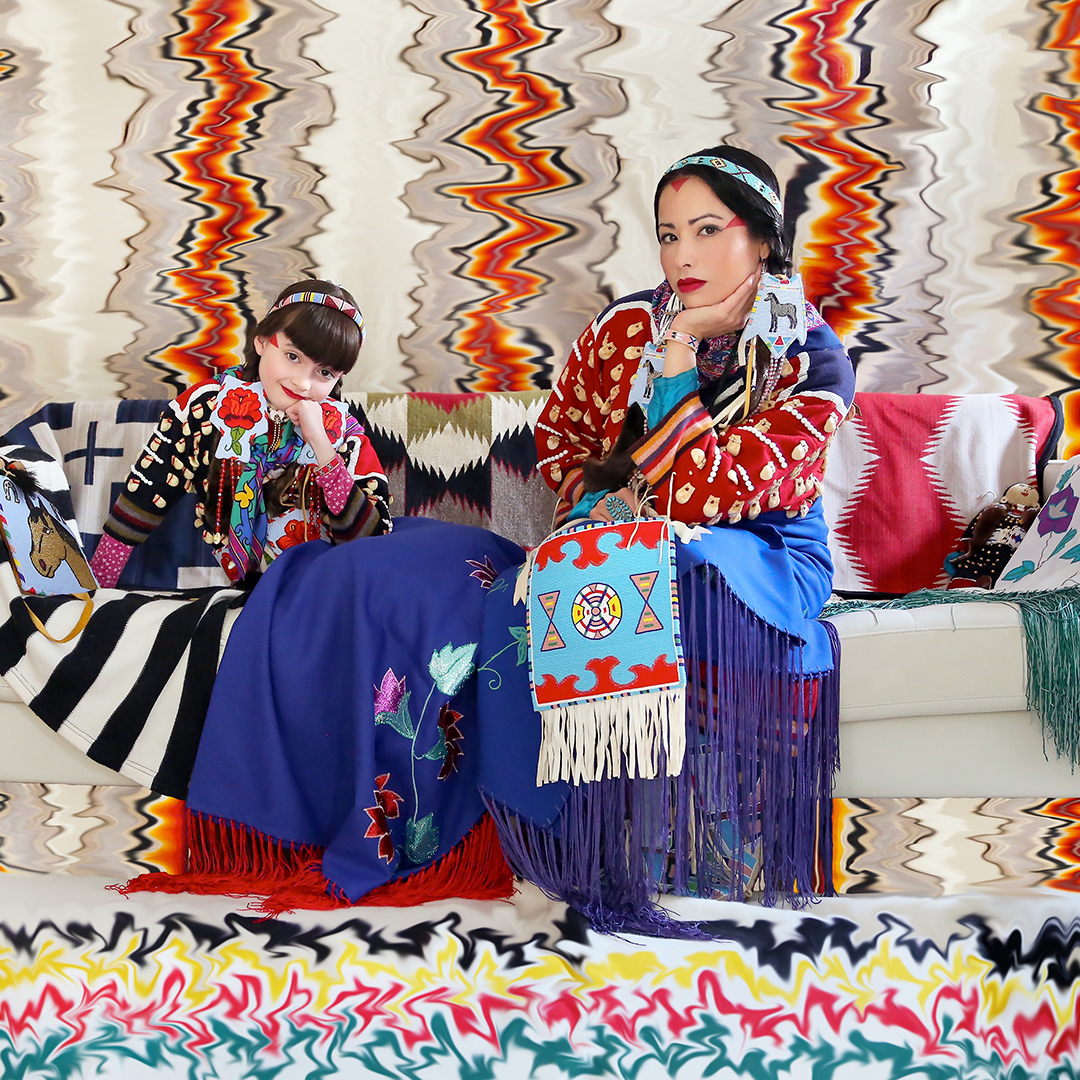
Is there any space as open to reinterpretation as the “home”? The notion of a place of reliable comfort and refuge is universal, even if the particulars are infinite in variation. But, as much as the home is extolled as a stationary location, fluctuating social circumstances and the inward creep of technology have uprooted even the most rigid domestic dogmas.
“The home is a complex space. For some it is freedom, for others it symbolizes oppression,” says Amy Galpin, chief curator of Miami’s Patricia and Phillip Frost Art Museum FIU. Said complexity is central to the museum’s new exhibition, “House to House: Women, Politics, and Place.” Inspired in part by the centennial of women gaining the right to vote in the US, “House to House” explores the evolution of domestic spaces through the lens of 20th-century feminism. And while the show’s title is a pun, referencing both the physical home and the House of Representatives, its scope is anything but narrow.
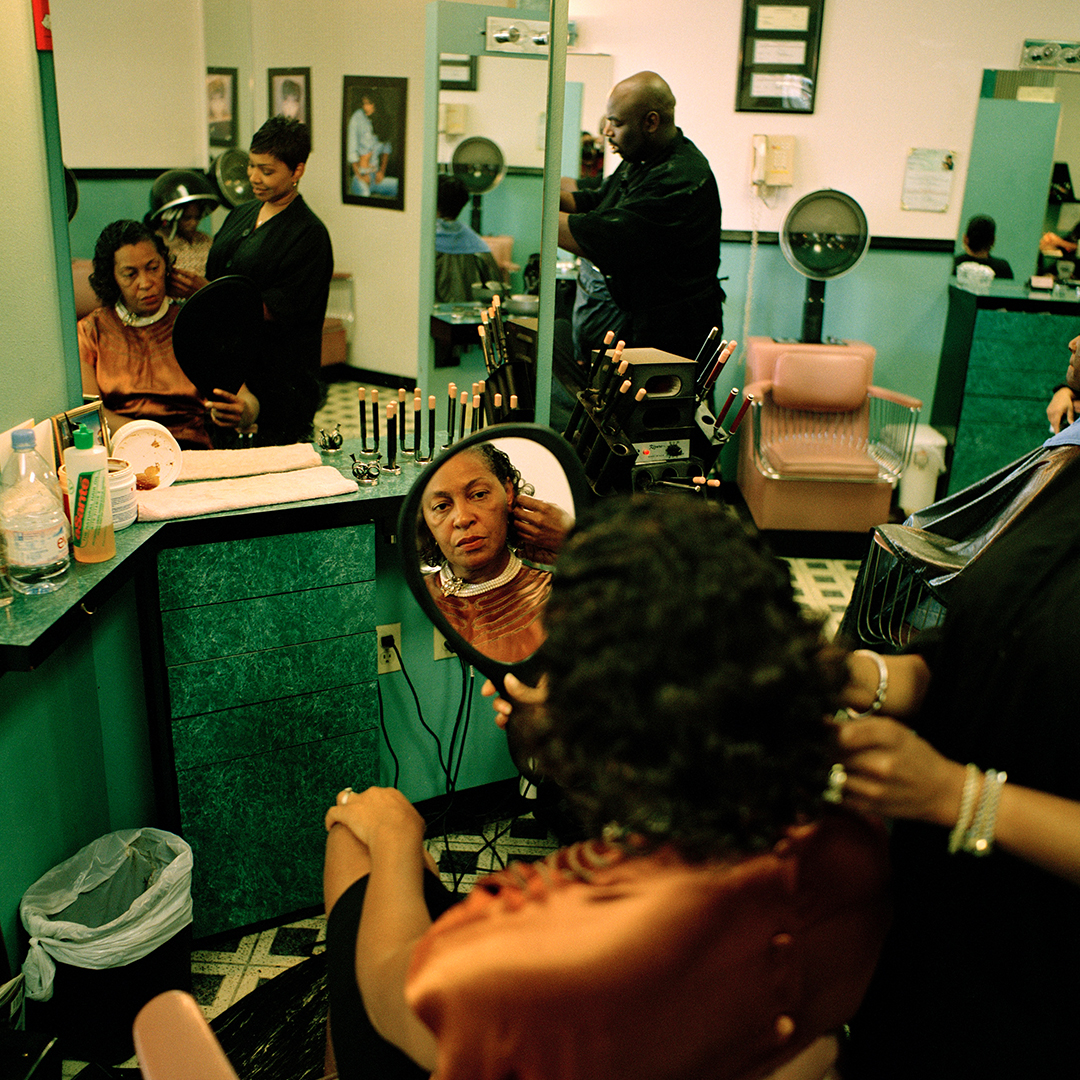
“The show does not claim to be comprehensive, but it certainly seeks to tell myriad stories and present divergent perspectives,” Galpin says. “I ended up focusing considerably on the domestic space as I feel like there is ample ground to cover, from the domestic worker depicted by Ramiro Gomez to the tropes of the ‘homemaker’ explored by Laurie Simmons.”
The exhibition probes the traditional qualifiers of domesticity, depicting beauty salons, factories and courtrooms alongside residential scenes and signifiers. “When I started this project, I was thinking about how art history provides plenty of examples of white women lounging at home,” Galpin says. “I wanted to create a different type of exhibition that looks at the diverse ways in which home is understood, exercised or negotiated by various artists.”
“House to House” was built using a variety of materials and mediums. In addition to the agitprop posters of the feminist collective Guerilla Girls and photography by Native American multimedia artist Wendy Red Star, the exhibition also incorporates several local voices. Featured artists Peggy Nolan, Aurora Molina, Octavia Yearwood, Jamilah Sabur, and Rosemarie Chiarlone all possess strong ties to Miami. Yearwood’s contribution, an episode of her docuseries The Tranz Form, was chosen by Galpin for inclusion partially because of its explicit connection to the city.
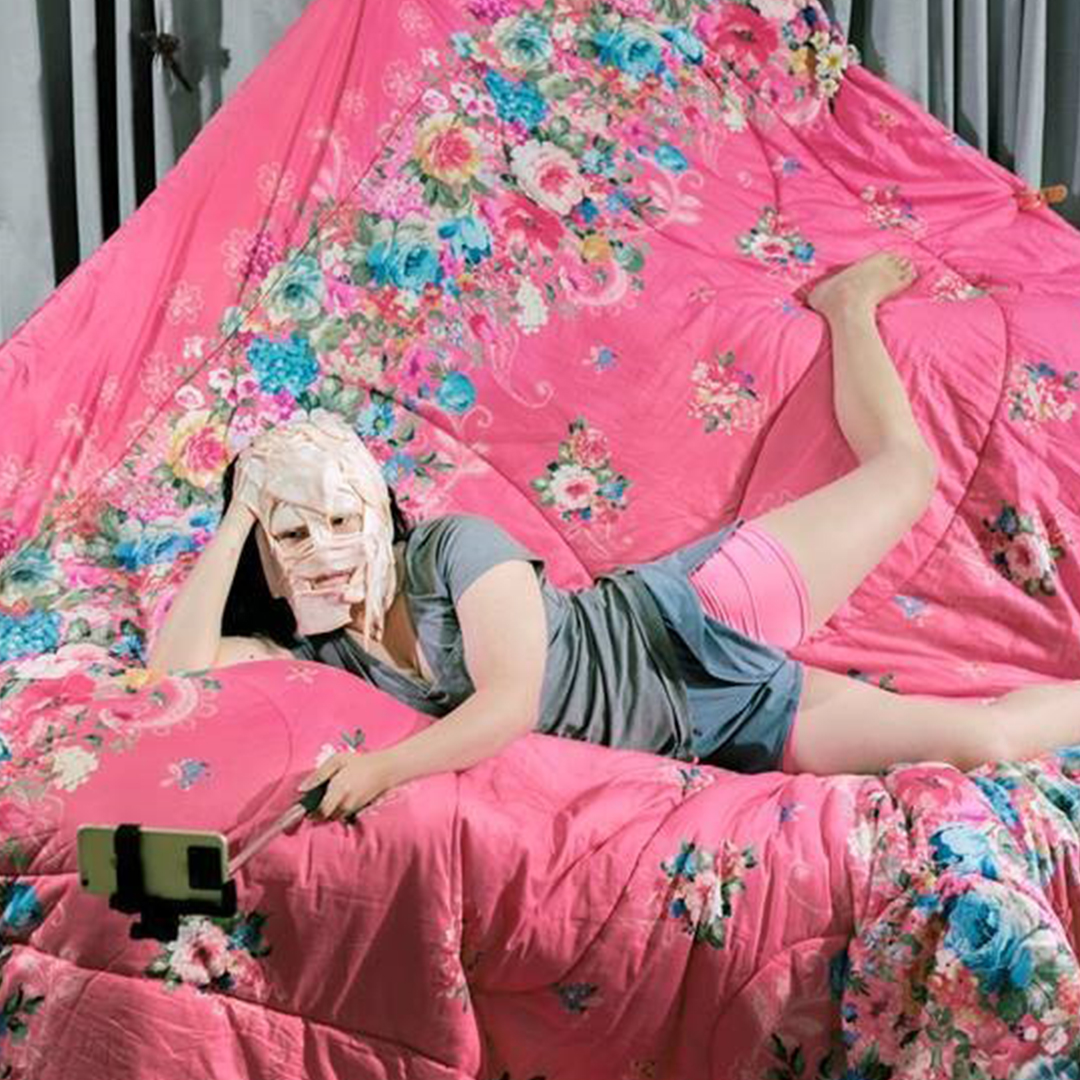
“I became familiar with Octavia Yearwood’s work after moving to Miami two and half years ago,” Galpin shares. “I was struck by the particular episode [of The Tranz Form] that we screen in the exhibition because Elle Williams discusses the challenges of living in Miami and addresses leaving the city.”
Galpin says the array of viewpoints featured in “House to House” parallel the many public reckonings and difficult conversations that have defined 2020. “The show acknowledges that feminism has not always been inclusive and seeks a diverse narrative,” Galpin says, adding that the show “recognizes that equity is not fully realized.” It’s her hope that “House to House” can make a meaningful contribution within the social discourse and upend conventional wisdom on how women navigate place and wield political agency.
“How history is told and who tells it are perennial issues,” Galpin says. “I think we need to keep interrogating history and keep mixing up how we tell stories, and in terms of contemporary art, showing both established and emerging artists, as well as artists who are not represented by commercial galleries. The more we upset traditional narratives, the more we are doing the work.”


